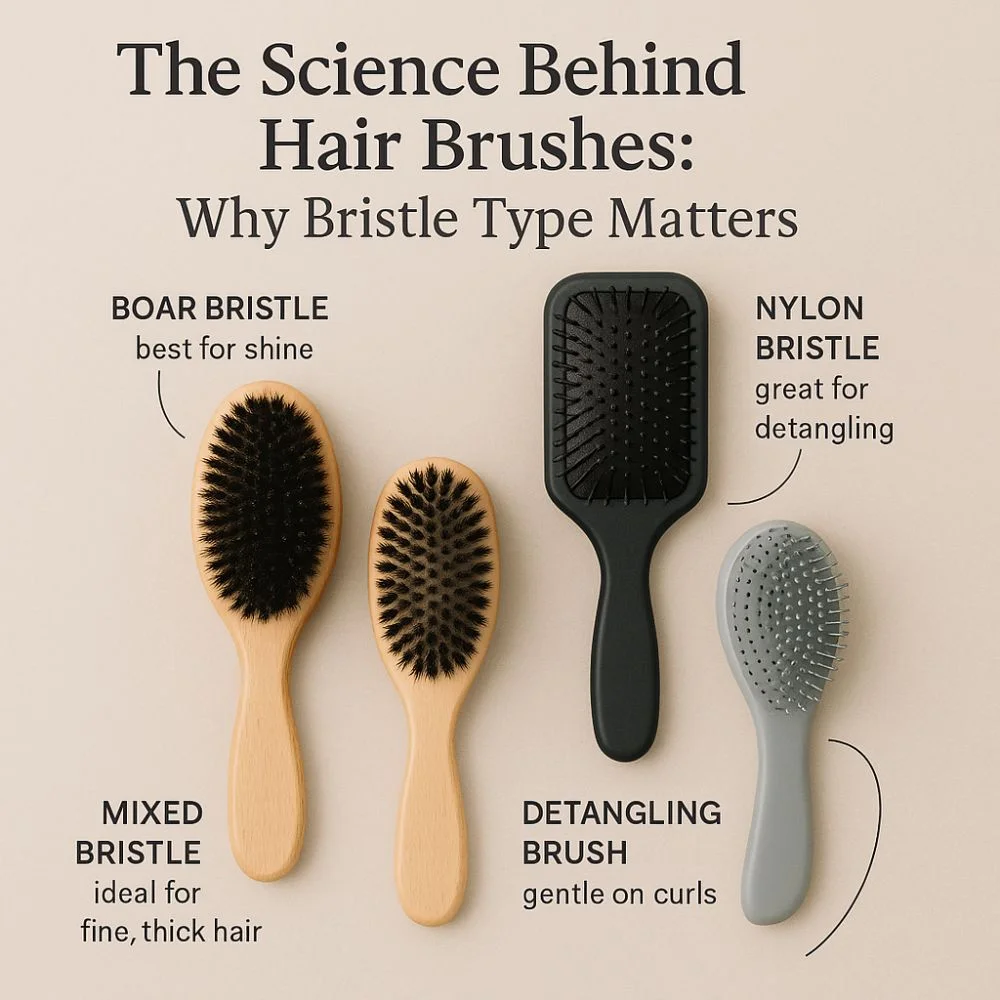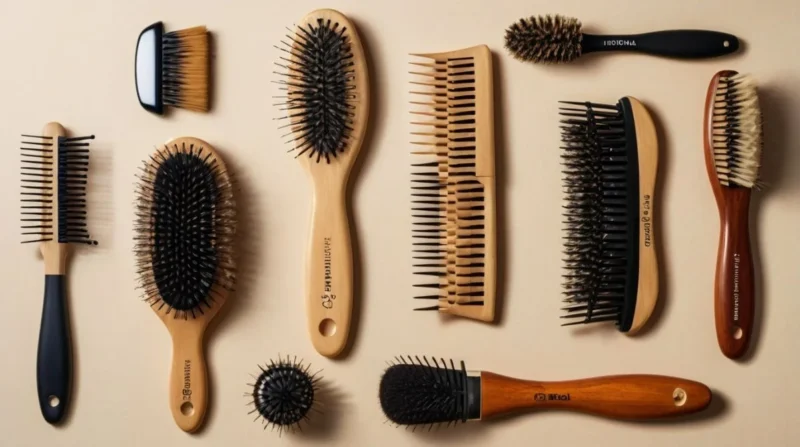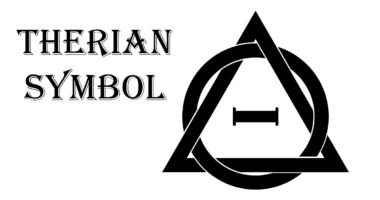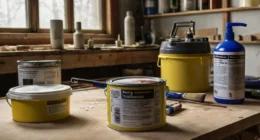Table of Contents
When you reach for a hairbrush, whether to tame tangles, smooth flyaways, or add shine, you’re not just picking a tool. You’re selecting a key player in your daily hair routine. The type of bristles on your brush can make a big difference in how your hair looks, feels, and behaves. Let’s explore the science behind it, using everyday words and concrete tips to help you choose the best brush for your needs.
Bristles: The Heart of the Brush
Natural vs Synthetic
- Natural bristles, like boar hair, closely mimic the texture of your hair. They absorb and spread your scalp’s natural oil, sebum, along the length of your strands. This natural conditioning adds shine and smoothness while reducing frizz and breakage.
- Synthetic bristles, often made of nylon or plastic, are tougher and more durable. They’re great at detangling knotty or thick hair, but can create static and may not distribute natural oils.
Some brushes combine both types, boar for shine and synthetic for grip, giving you the best of both worlds.
Bristle Stiffness
- Soft bristles protect fine, fragile, or thinning hair from damage while gently removing oils.
- Medium bristles are the all-rounders suitable for everyday use on normal hair.
- Stiff bristles cut through thick, coarse, or curly hair more easily, making detangling smoother.
What Bristles Do for Your Hair?
Distribute Oils & Boost Shine
Natural bristles help spread the scalp’s oils down the length of your hair, gently sealing the cuticle and giving it a smooth, glossy appearance.
Reduce Breakage & Frizz
Gentle bristles help untangle knots without ripping hair out. Synthetic bristles can target stubborn tangles but may cause static. Mixed brushes balance these outcomes.
Stimulate Scalp
Brushing lightly with soft bristles can improve blood flow, which supports healthy hair growth. Some styles, like paddle or cushion brushes, include flexible bases that massage the scalp.
Matching Bristles to Hair Type
Fine or Thin Hair
Use soft, natural bristles, especially boar or vegan plant fibers, to prevent stress on delicate strands. These tools are gentle and promote shine.
Medium or Normal Hair
Mixed-bristle brushes are ideal. They offer enough tension to detangle while still boosting shine, combining oil distribution with manageable styling.
Thick, Coarse, or Curly Hair
Opt for firm synthetic or combination bristles to help manage and loosen tough tangles more easily. Vented or wide-tooth brushes are also great for gently styling and drying thick hair.
Wet Hair
Avoid brushing wet hair with stiff bristles; it’s fragile when wet. Use a detangling brush with widely spaced, flexible bristles to gently remove knots.
Matching Brush Shape & Bristle Material to Your Routine
Paddle Brush
Flat and wide, it smooths hair and covers more surface in fewer strokes. Perfect for straight, medium-to-long hair.
Cushion Brush
Features bristles on a soft base to reduce pulling. It’s gentle, adds shine, and gives a bit of scalp massage, great for sensitive scalps.
Vented Brush
Designed with holes to let heat pass through, drying hair faster while adding volume. Great for thick or coarse hair during blow-drying.
Round Brush
Ideal for styling, adding volume, curls, or smoothing, it’s best used on damp hair with a blow dryer. Bristles may be natural, synthetic, or mixed; barrels often heat up to shape hair.
Detangling Brush
Built with flexible bristles of different lengths that glide through knots. It’s effective on both wet and dry hair and helps reduce breakage.

Heat Styling & Bristle Choice
When blow-drying, choose brushes with heat-resistant bristles and materials like ceramic, tourmaline, or metal barrels to speed up drying and reduce heat damage. Use with caution on fine or damaged hair; always pair with heat protectants.
Caring for Your Brush
Clean regularly: Remove accumulated hair daily and wash the bristles weekly with mild soap and warm water. Let it dry upright.
Replace when needed: If bristles break, bend, or clump, your brush is too worn to work well.
Quick Guide: Pick the Right Brush
| Hair Type/Need | Ideal Bristle & Style |
|---|---|
| Fine/fragile hair | Soft, natural bristles (boar) in paddle/cushion |
| Normal hair | Mixed-bristle brush (boar + nylon) |
| Thick/coarse/curly hair | Firm synthetic/mixed bristles, vented paddle |
| Wet hair detangling | Flexible, widely spaced synthetic bristles |
| Blow-drying & styling | Round brush with ceramic or metal barrel |
Pro Tips
- Use gentle, downward strokes, start from the ends, and work up.
- Use heat protectant products when styling, and try to limit high heat exposure.
- Always clean your brush; it keeps both brush and hair clean and hygienic.
- A simple mixed-bristle brush can handle most daily routines.
- Treat yourself to a quality boar-bristle brush for shine and scalp health.
- By focusing on the easy science behind brushing, oil distribution, detangling, and scalp care, you’ll pick the right brush and get good hair days more often. If you’d like help choosing from actual models or features, feel free to ask!
Conclusion
Bristle type matters a lot. Whether you use natural or synthetic, soft or firm, each bristle kind performs a specific job: distributing oils, smoothing hair, lifting tangles, or styling. Choosing the right bristle type along with the proper brush shape leads to less damage, added shine, and an easier hair care routine. By understanding your hair’s texture and goals and choosing the commonly available bristle type that matches, you end up with healthier, more manageable hair that looks and feels better with every brush stroke.









